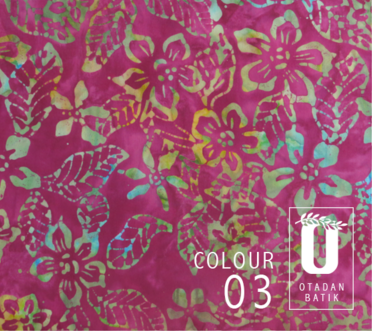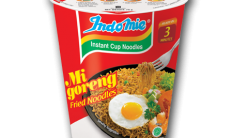Not ready for the sunset
Bangkok Post, Thailand
Thai garment exports, once dismissed as a ”sunset” industry, may rise 10% in 2014 thanks to greater demand from China, Japan and the European Union, according to Dej Pathanasethpong, the president of the Thai Garment Manufacturers Association. Chinese manufacturers were increasingly focusing on its massive domestic market, thanks to greater spending by Chinese consumers, he said.
The 2014 Olympics in Beijing were also expected to draw attention from Chinese producers, giving opportunities for Thai exporters.
”With less competition, we believe that Thai garment exports should increase in 2014,” Mr Dej said.
Rising production costs in Europe, meanwhile, could also benefit local producers as demand picks up in the region thanks to strong economic growth, particularly in East Europe. The strength of the euro against other major currencies also means that imported goods are cheaper than European goods.
Mr Dej said China commanded around 34% of world garment production, with Europe accounting for another 25%.
Thailand ranks only 13th in terms of world garment exports, with a market share of 1.8%. Exports this year are expected to rise about 4% to 5% from last year’s value of $3.5 billion. Garments and textile exports are projected to hit more than $7 billion this year, with textile exports set to rise by 10%. Interregional trade should be particularly strong thanks to the Asean Free Trade Agreement.
Mr Dej said the strong baht and labour constraints, particularly the lack of skilled workers, would be key challenges for Thai producers.
A number of Thai exporters faced trouble filling large orders, prompting foreign manufacturers to increasingly turn to Laos, Cambodia and Vietnam, he said.
Neighbouring countries also benefited from favourable tariffs from the European Union and US. But Mr Dej said he believed Thai producers were making strides in moving up the value chain.
”The market still has room for growth, and Thailand’s garment industry is not facing the sunset. Actually, our production costs aren’t significantly higher than China or other regional competitors. At the end of the day, your competitive edge depends on your management ability,” he said.
The quality of Thai garments in general was superior to Chinese goods, Mr Dej insisted. They comprise 80% local raw materials and fabrics that meet European standards for chemical residue.
”Chinese products are increasingly facing problems in meeting quality standards. It’s an opportunity for us to grow.”
Thai producers competed well in segments such as children’s wear, underwear, sportswear and fashion garments.
Mr Dej said sportswear in particular was a Thai strength, with a number of world-class brands basing their production in the country and taking advantage of a diversified supporting industrial base that could continuously develop new fabrics and materials.
”Thai products are accepted as high quality, although prices might be higher than our competitors,” he said.
He said exporters should see new opportunities in Japan, with growth expected to jump sharply in 2014 thanks to favourable tariffs under the Japan-Thai Economic Partnership Agreement.
The closure in 2014 of factories such as Thai Silp South East Asia Import Export, Rangsit Footwear and Union Footwear were not necessarily indications of an industry-wide turn for the worse, he insisted.
”Yes, we saw some factory closings such as Thai Silp. There are around 2,000 garment factories in the country, and we could see some smaller producers merge and consolidate,” Mr Dej said, adding that demand for skilled labour remains strong.
For 2014, TGMA’s main concerns remained the value of the baht, domestic political stability and the possibility of a global economic downturn.
The US accounts for half of Thai garment exports, compared with 27% for the EU, 6% for Japan and 1% for China.





